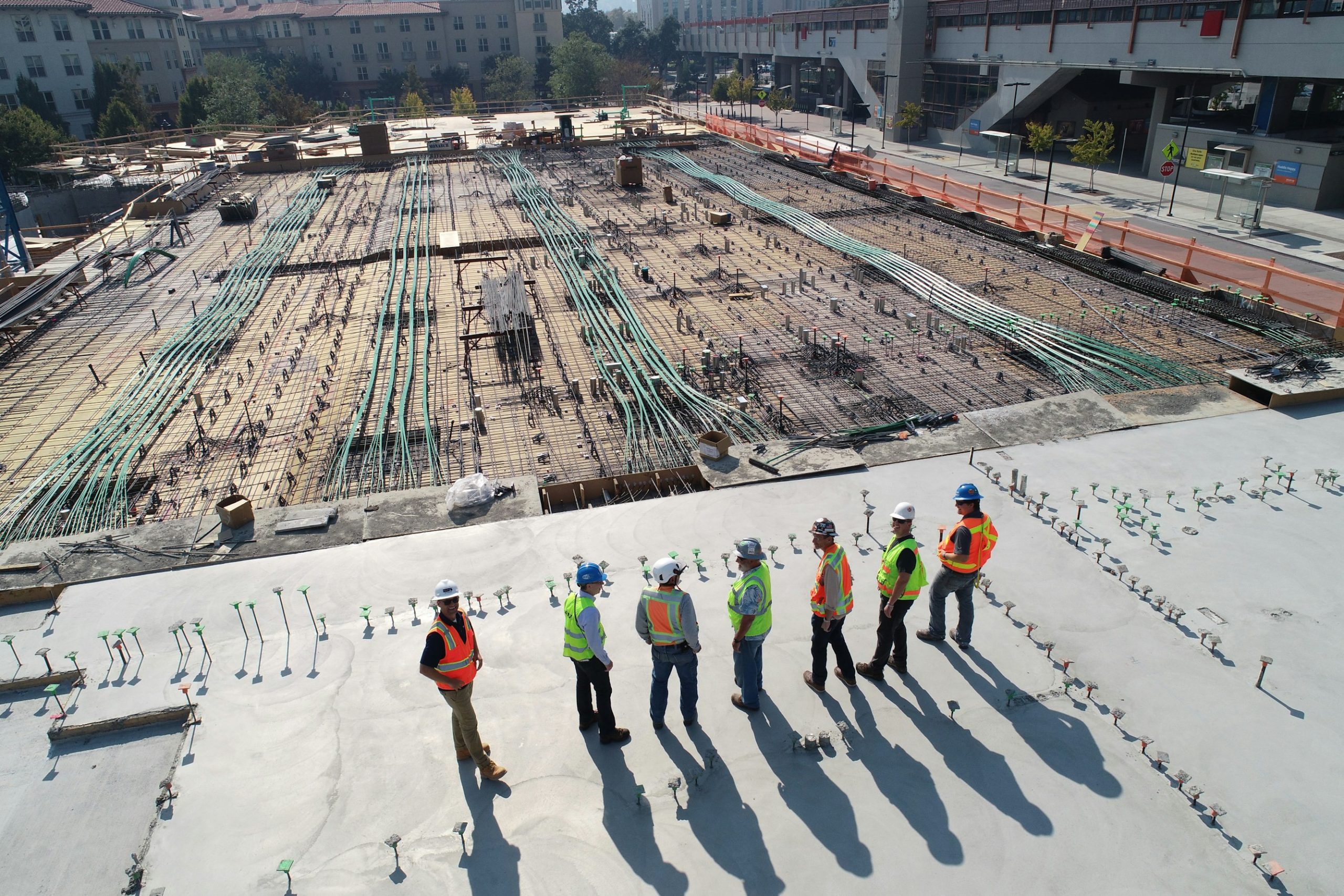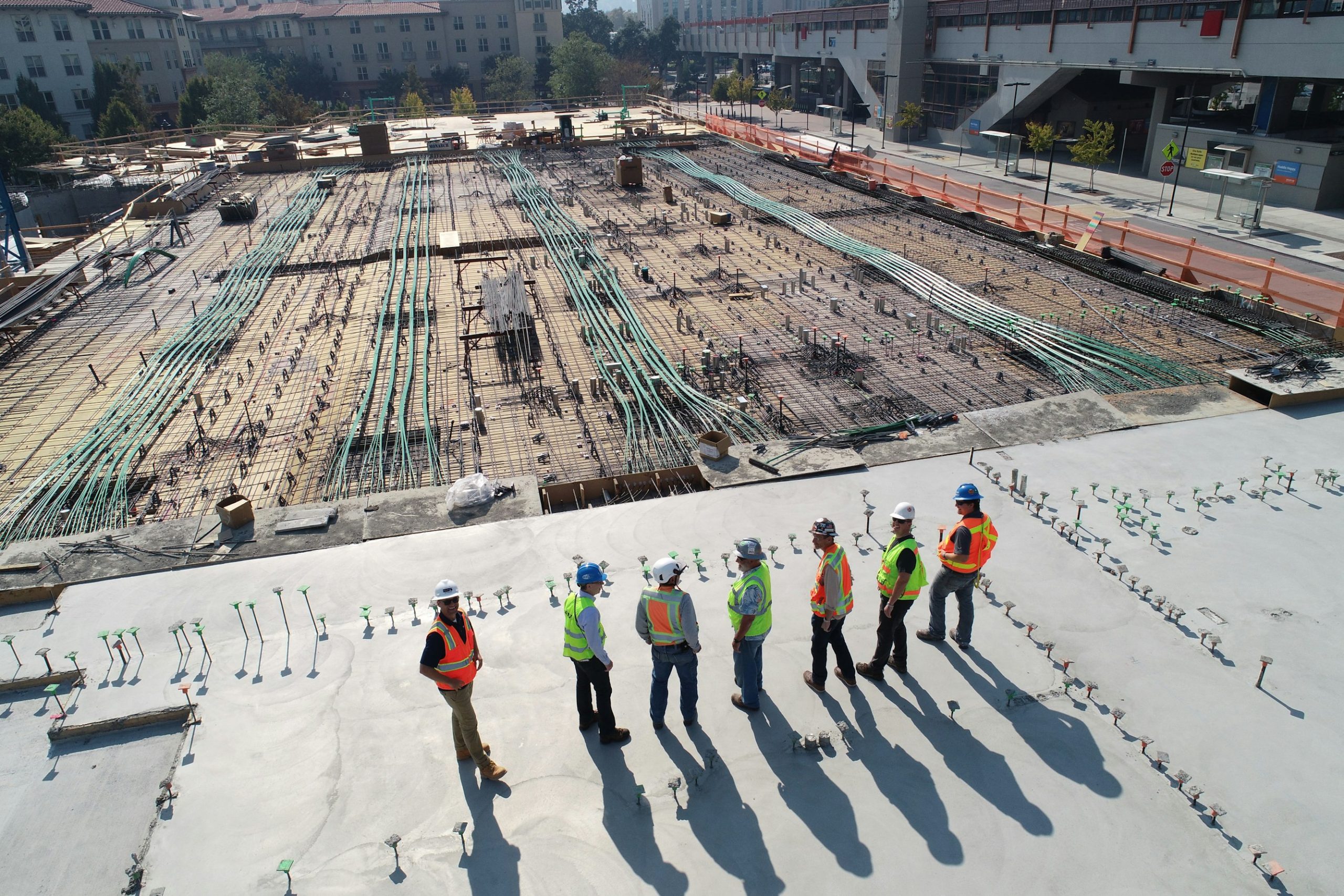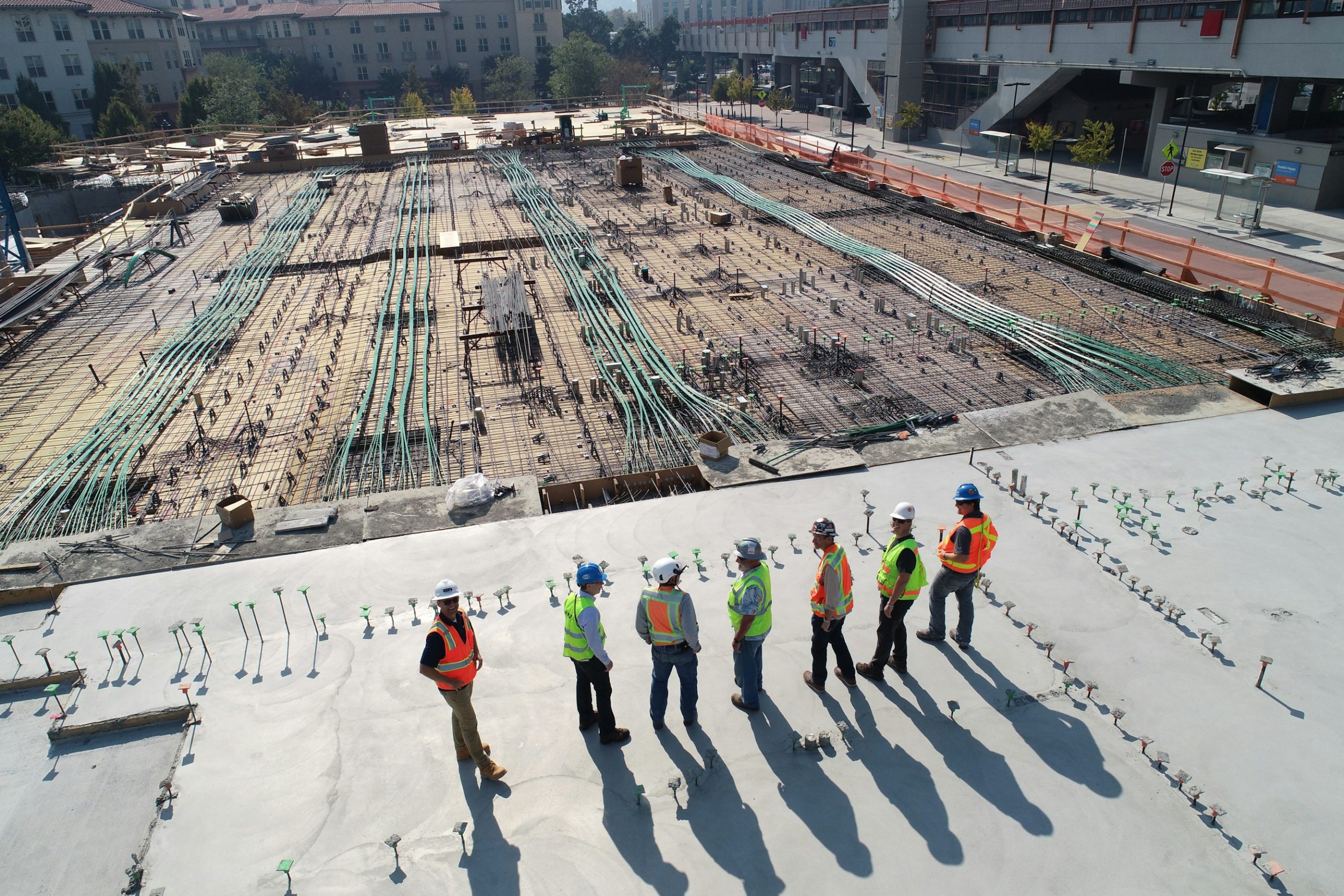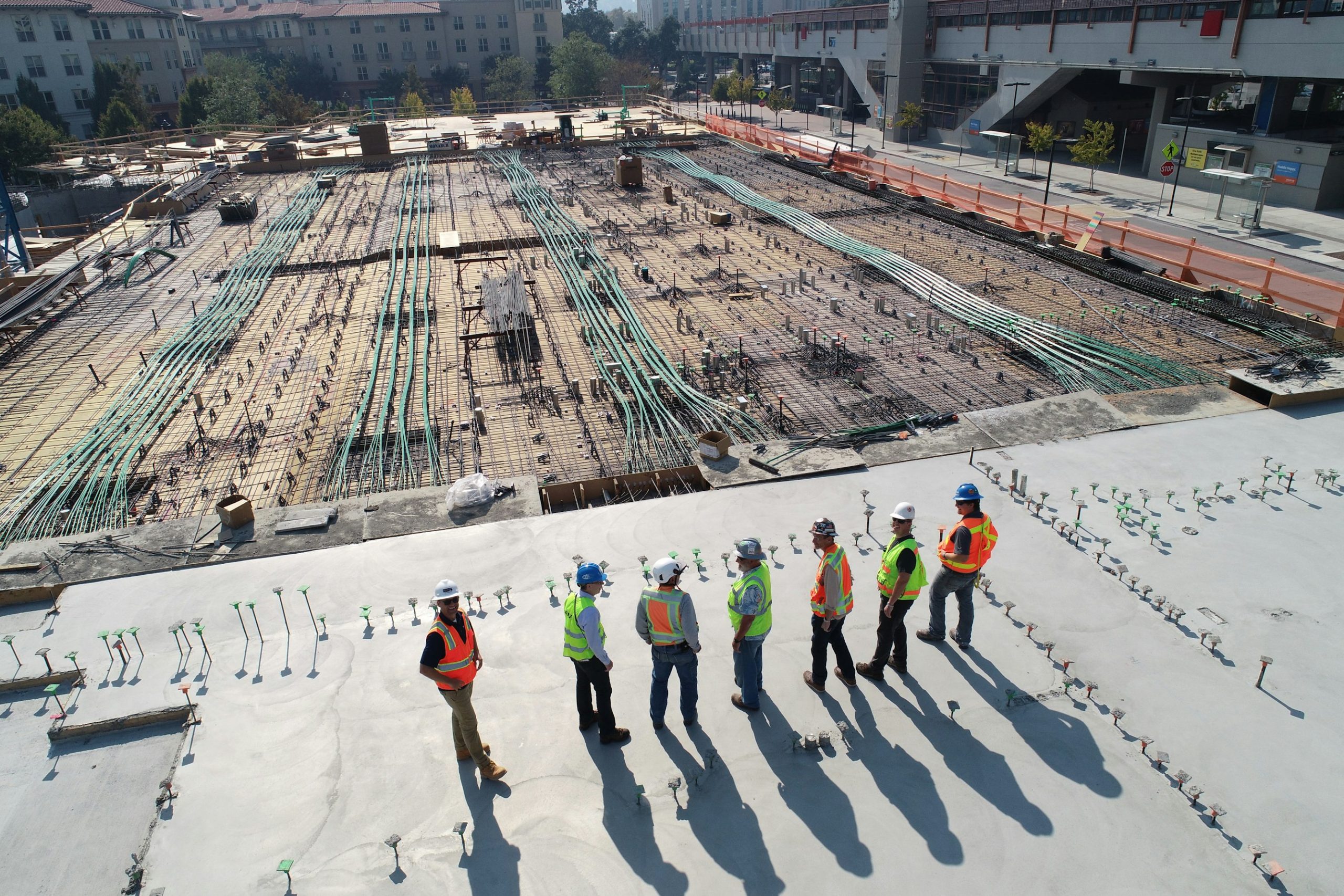Scope Creep in the Middle East: How to Control It with Clear Digital Logs
Managing scope creep is a critical aspect of effective project management, especially in the construction industry. Scope creep is the uncontrolled or continuous growth in a project’s scope, which often arises after the project has commenced. This phenomenon involves the addition of new requirements, features, or work packages that exceed the original approved parameters. Without appropriate controls in place, scope creep can lead to significant challenges, including budget overruns, schedule delays, resource misallocation, and ultimately a compromise in the quality of deliverables.
Understanding the Impacts of Scope Creep
The implications of scope creep can be severe, such as impacting milestone completion and jeopardizing the overall project goals. If left unchecked, it can increase the risk of project failure, making it imperative for project managers to understand its roots and develop strategies for mitigation. Some primary impacts include:
- Increased Costs: Unanticipated expenses can escalate rapidly as additional work is required to accommodate changes.
- Delayed Timelines: Meeting deadlines can become increasingly challenging, leading to a chain reaction of delays affecting all project phases.
- Quality Compromise: Quality assurance might slip if teams are rushed or overworked due to evolving project demands.
Identifying the Causes of Scope Creep
To effectively manage scope creep, it is important to first identify its underlying causes. Here are some of the most common factors:
- Unclear Requirements: Projects that lack clear and concise requirement definitions are highly susceptible to scope creep, as teams may misinterpret or overlook essential details.
- Poor Communication: Ineffective communication amongst stakeholders can result in unclear expectations, leading to unauthorized changes.
- Stakeholder Requests: It’s common for stakeholders to request changes after project initiation, adding additional complexities to scope management.
Strategies for Managing and Controlling Scope Creep
Implementing robust strategies for managing scope creep can significantly improve project outcomes. Here are key tactics that project managers can employ:
1. Create a Comprehensive Scope Management Plan
A well-documented scope management plan forms the foundation of effective project management. This should include a clear scope statement, a work breakdown structure (WBS), and comprehensive project documentation. Establishing a thorough plan ensures that team members and stakeholders have a clear understanding of project objectives and deliverables.
2. Implement a Change Control Process
Having a structured change control process is essential for managing scope. This should involve formal change requests that are reviewed and approved prior to any adjustments being made to the project scope. Ensuring that all modifications are documented and communicated to relevant parties helps to maintain project alignment.
3. Promote Stakeholder Communications
Open lines of communication are vital for effective scope management. Regular updates, feedback sessions, and transparent stakeholder discussions keep everyone informed regarding project scope. This maintains expectations and reduces the likelihood of scope changes going unnoticed.
4. Utilize Digital Tools and Logs
Embracing digital project management tools can significantly aid in tracking changes, managing scope, and maintaining clear logs. Using tools developed by Zepth, for instance, facilitates real-time tracking, collaboration, and change management. These capabilities ensure all stakeholders are aligned and mitigate the risk of scope creep.
Best Practices for Controlling Scope Creep
Project managers can adopt several best practices to further enhance their scope management efforts, including:
1. Establish Clear Project Objectives
Setting clear, well-defined project objectives from the outset can help prevent scope creep. It is imperative that all stakeholders understand what is included and excluded from the project’s scope to ensure alignment.
2. Conduct Regular Monitoring
Stakeholders should regularly monitor the project scope. This includes conducting periodic reviews and audits to promptly address any deviations from the approved scope, thereby maintaining project integrity.
3. Obtain Stakeholder Agreement
Ensuring that all stakeholders agree on the project scope and any prospective changes is crucial to prevent unauthorized expansions. Formal agreements can facilitate consensus and clarity.
Leveraging Digital Innovations and Tools
Advanced digital project management tools, such as those provided by Zepth, play an integral role in effectively controlling scope creep. The features offered allow for automated change tracking, real-time updates, and collaborative platforms that keep all stakeholders informed and aligned.
Emerging Innovations: AI and Automation
Innovations in AI and automation offer promising solutions for detecting potential scope creep early. By analyzing project data, these technologies can identify trends and anomalies that may indicate scope expansion, enabling proactive management of potential issues.
Regional Considerations for the Middle East
While the principles of scope creep management are universal, regional factors unique to the Middle East can influence management strategies. For example:
- Cultural Sensitivity: Building strong stakeholder relationships is crucial in the Middle East. Clear and respectful communication is essential to manage expectations and prevent unauthorized changes.
- Regulatory Compliance: Adhering to local regulations is a core component of managing construction projects. Utilizing digital logs and maintaining clear documentation ensures compliance and addresses scope management effectively.
By implementing these strategies and leveraging digital tools, project managers in the Middle East can better control scope creep, optimize project outcomes, and ensure successful project delivery.
Conclusion
In conclusion, effective scope creep management requires a combination of clear objectives, robust communication, and the appropriate utilization of technology. Again, Zepth’s advanced digital project management solutions provide the necessary tools for project managers looking to establish order in their project scopes and enhance the likelihood of success in their construction endeavors.




